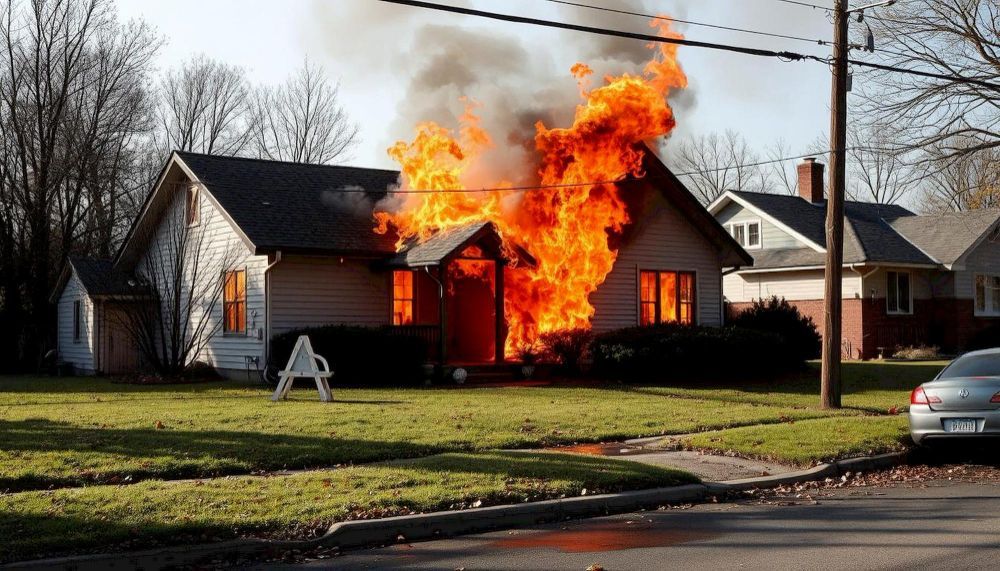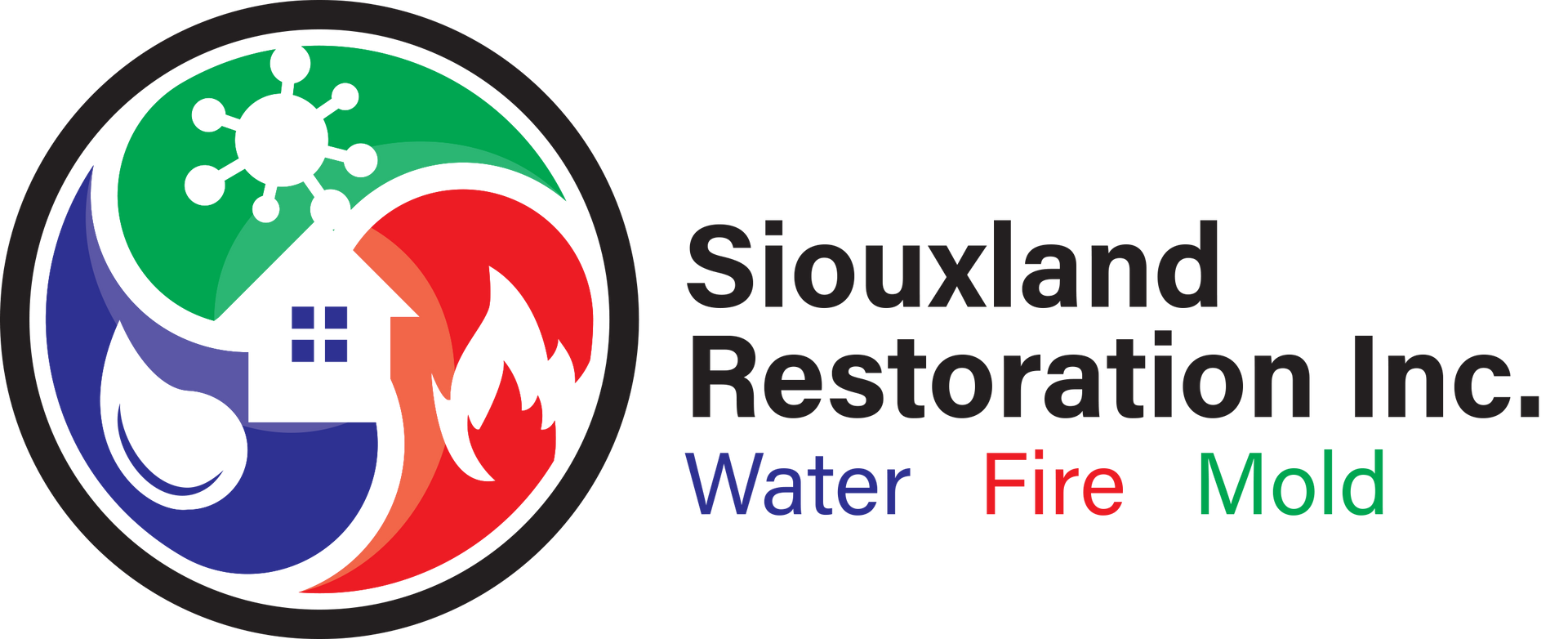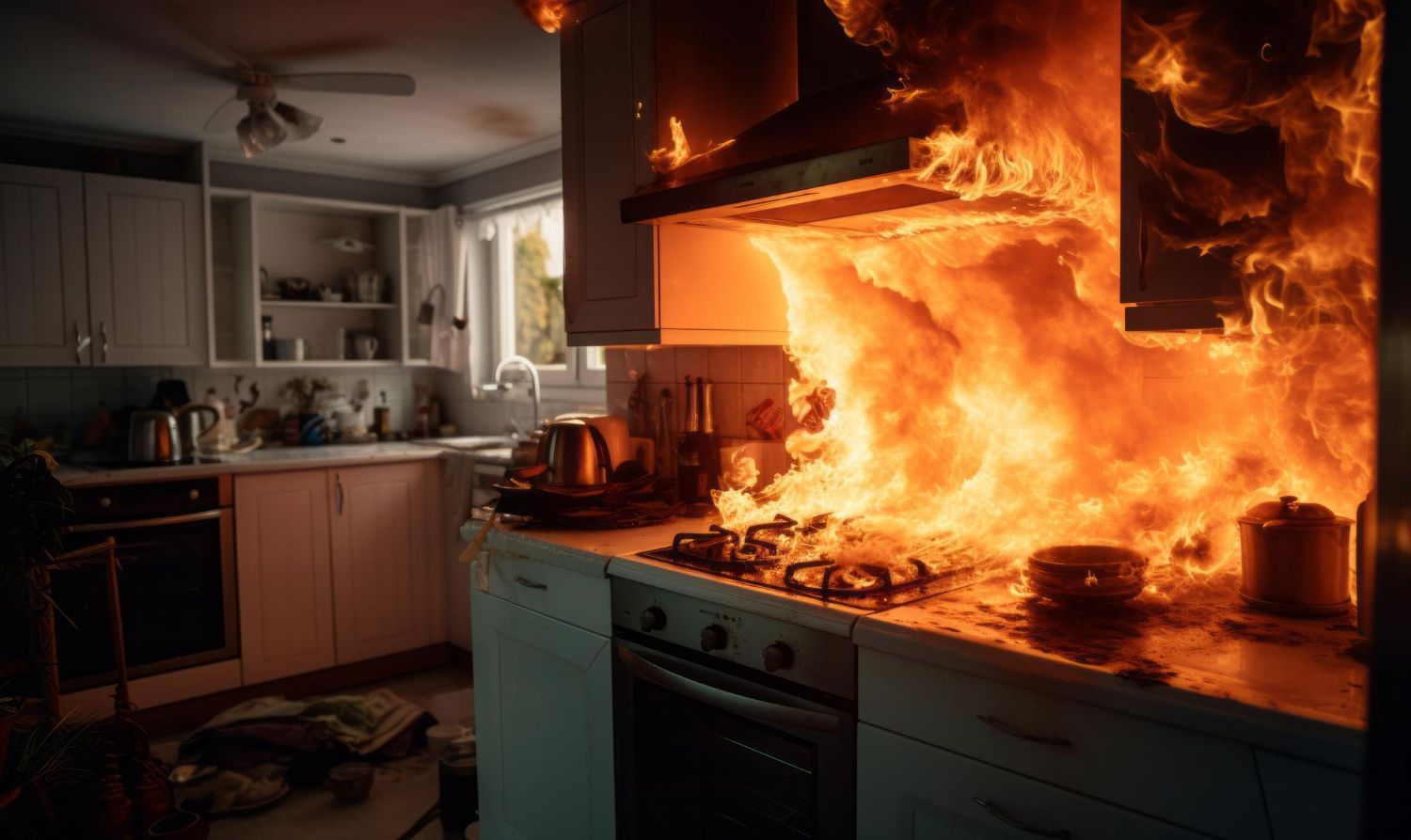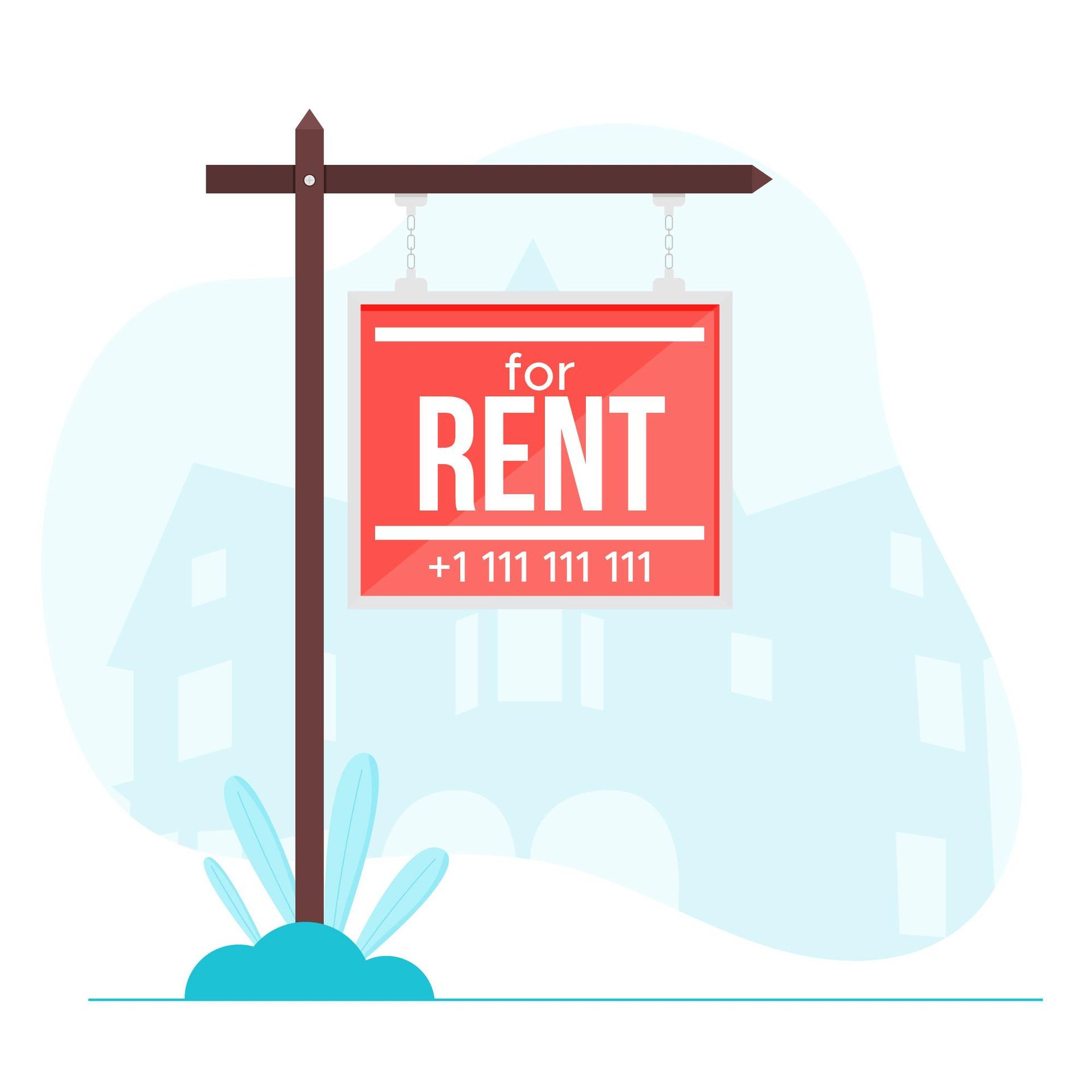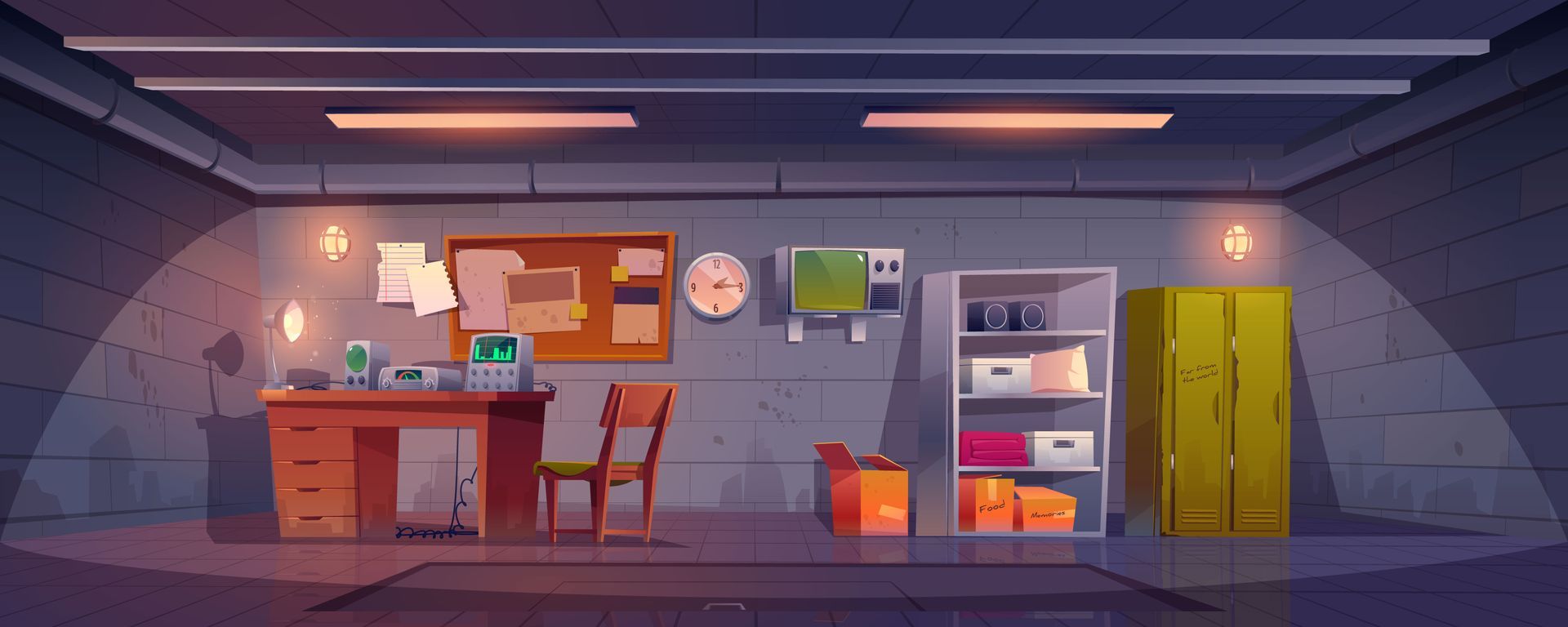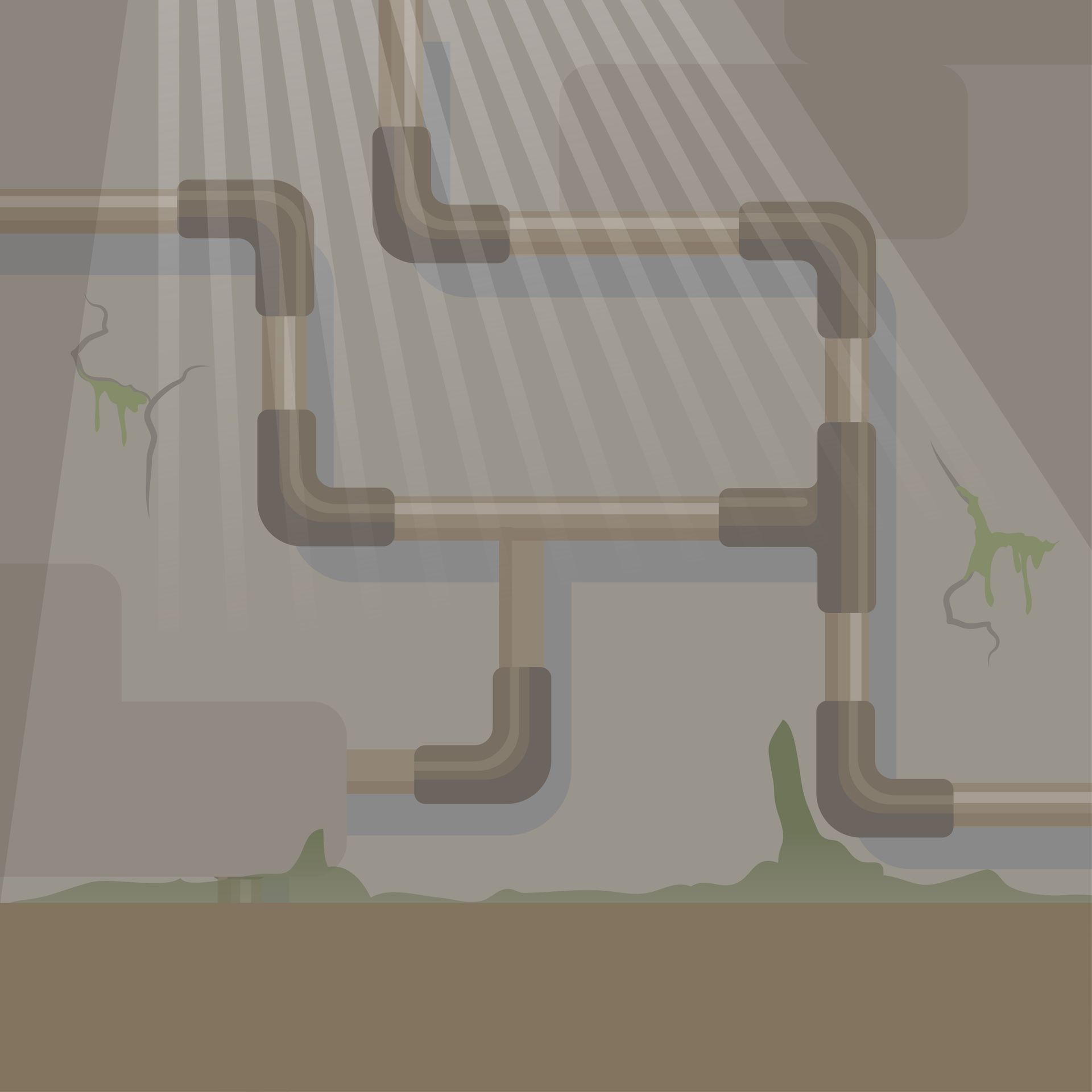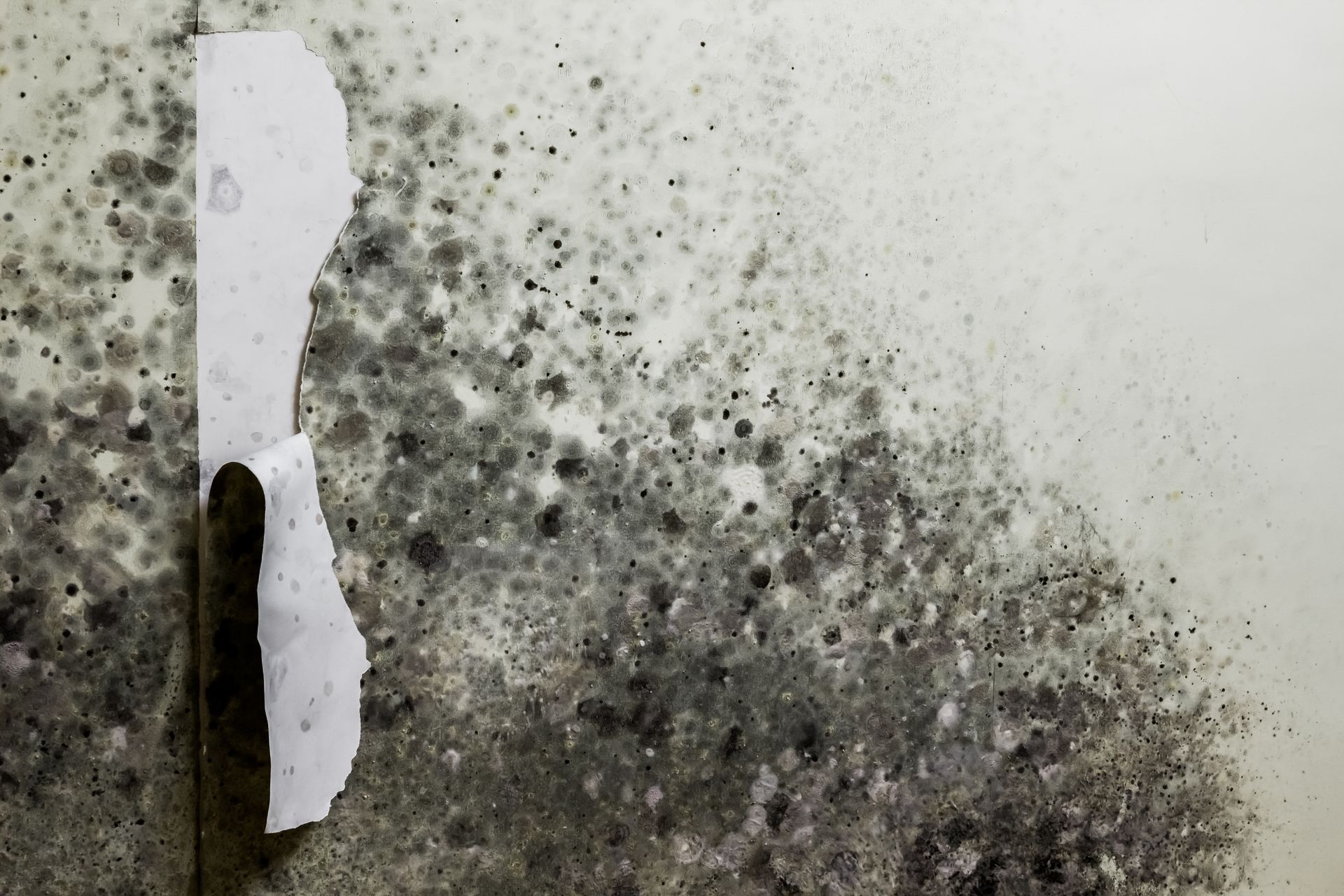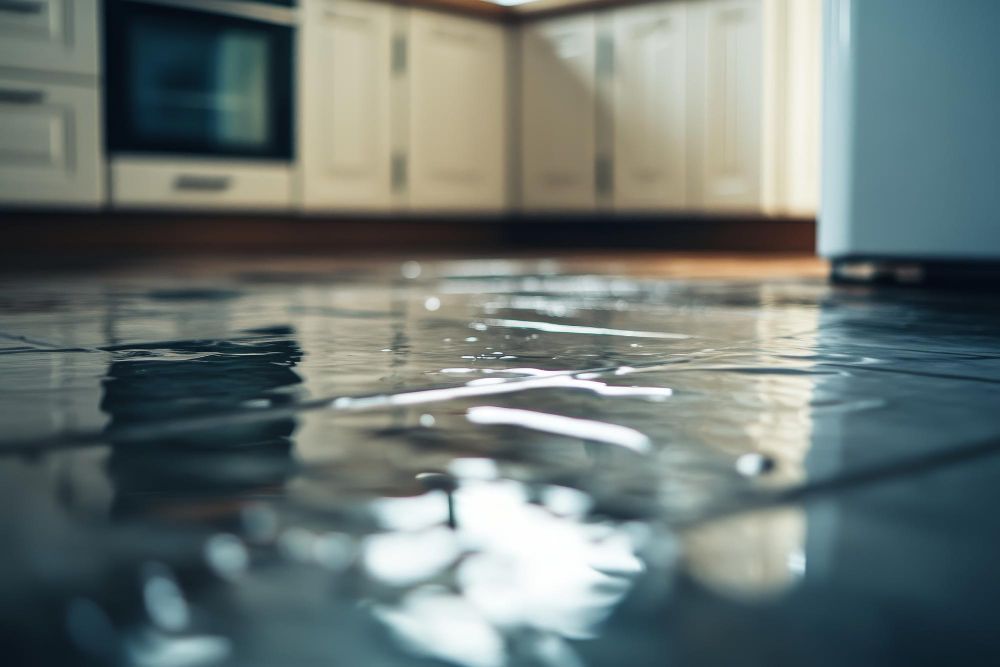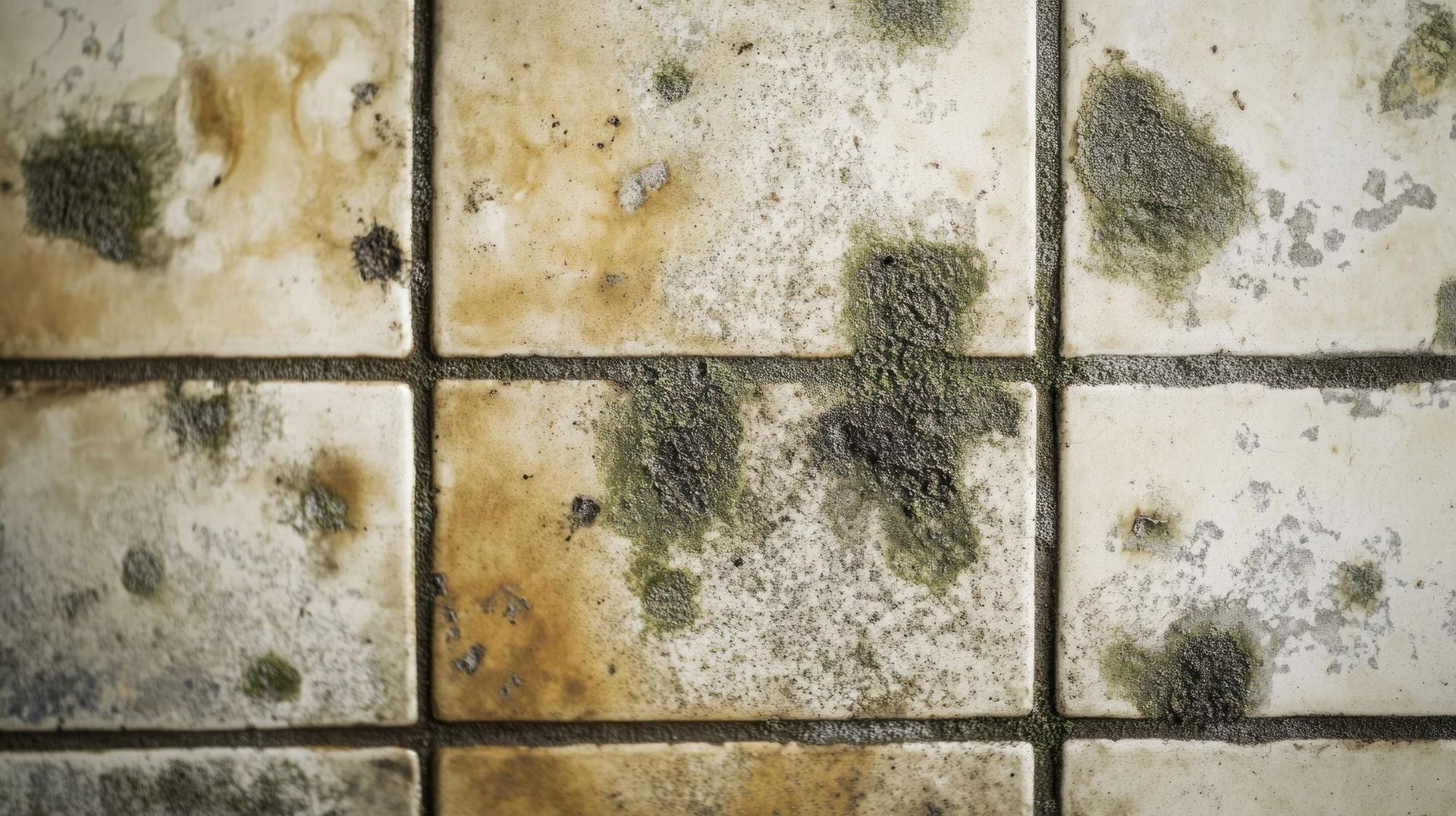Water Damage Restoration and Prevention
Water Damage Restoration and Prevention
-Sioux City, IA

Bathrooms are typically moist and humid, with water splashing everywhere. Water damage may occur if part of the water seeps into the walls and floors. Furthermore, it has the potential to cause mold issues and structural damage, necessitating costly remediation. Dark discoloration, bowed or warped walls, a strong musty odor, and peeling or bubbling paint are all signs of mold. Mold can also cause wood to rot, which can ruin your home's structure.
By using a few simple measures to waterproof your bathroom, you can avoid costly repairs and maintain it in good condition. If you find yourself in this circumstance, what could be causing the water damage? Flooding, leaking faucets, and busted pipes are all common causes. The American National Standards Institute categorizes water that has an impact on your property into three types:
- Category 1 – Clear water is sanitary water, and this is most of the water that enters your house.
- Category 2 – Grey water is contaminated water that can cause illness and skin irritations if ingested and used for bathing. This type of water can create toilet bowl overflows and washer/dishwasher damage.
- Category 3 – Black water is highly contaminated and poses a serious risk to your health. This water may contain raw sewage, heavy metals, and other toxic substances. This water has a very detectable, musty smell. Experts advise to not come into contact with this water and to immediately call professionals to assess and remediate the damage.
Water Damage Impact on Your Health
If you see a damaged restroom, you must act quickly. Delaying repairs may result in more harm and have an impact on the health of other members of your household. Water damage can result in the following health problems:
- Mold causes lung irritation. Mold allergies have been related to asthma in certain people, and exposure can cause breathing difficulties.
- Bacterial infections cause strep throat and ear infections.
- Insect-borne disease, which might intensify as a result of water damage. Moist conditions are great breeding grounds for cockroaches and mosquitos.
Tips to Prevent Bathroom Water Damage
- Check for leaks on a regular basis. Regularly, inspect your bathroom floor for signs of water damage. Examine the bathroom walls for evidence of water damage, such as peeling paint, mold, or mildew. Check the walls to determine if any sections are softer than others. These indicators point to water damage in your bathroom. Examine behind vanities for hidden leaks and ensure the sink trap is not leaking. If you notice any of these signs, you should find the source of the leak and have it repaired. It is strongly recommended that immediate action be taken to remedy the issue. Ignoring water damage can simply aggravate the problem and need more extensive repairs in the future.
- To allow water to flow behind walls and beneath floors, replace broken, damaged, or missing tiles. Replace broken or decaying grout and caulking around sinks, tubs, and showers. The tiles can be cleaned and rebuilt as needed. Shower enclosure kits, which are substantially faster to install and more durable, may be a viable choice if a significant number of the tiles are damaged. Following the removal of the problematic tiles, the following step is to cut away any soft, damaged drywall.
- Regularly inspect the valves on your toilets, showers, and sinks to ensure they are in good working order. Examine the surrounding area for any wetness or stains that could suggest a leak. Check to ensure that the showerhead and any faucets are firmly secured and not dripping. You don't want water to get into places where it shouldn't.
- Make changes to your fixtures. Did you know that toilets account for more than 40% of your total annual water consumption? Furthermore, older showerheads may use twice as much water as contemporary models. If your fixtures are older, consider changing them to save water and prevent damage.
- If your sink drains slowly, it's probably clogged. Pour a mixture of vinegar and baking soda down the drain. If the trap continues to malfunction, contact a plumber to have it inspected for obstructions. It is also not a good idea to allow water to collect and sit in the area around the sink.
- Only flush toilet paper down the toilet. Diapers and sanitary napkins have the potential to clog drains. Only use septic-safe toilet paper in septic systems.
- Wipes labeled "flushable" should be thrown away. Despite their name, flushable wipes do not fall apart when wet. They are, in fact, more durable than paper towels. As a result, they are unable to be dissolved. They also need more frequent septic tank pumping which may cause pipe clogging.
- Turn on your exhaust fan every time you take a shower or bathe in the tub. The fan draws moisture out of the air, preventing it from penetrating your walls and producing bubbling drywall and mold growth. A dehumidifier could be used to reduce humidity in the bathroom.
- Always check the bathroom floors for water after taking a shower or bath. Wipe away any extra water and drain the shower or tub entirely. This helps to prevent standing water damage. To remove the standing water, use towels or a wet vac. The wet vac has the ability to remove massive amounts of water. Shower curtains that have been shredded or shower door seals that have been destroyed should be replaced.
- Reduce the quantity of water your kids' splash around in the bathtub. Wipe up any water that has gotten on the floor or the walls as soon as possible.
- To prevent standing water outside your shower, use a bathmat on the floor.
For water damage restoration in Sioux City, call Siouxland Restoration. Bathroom water damage can occur at any time, but if you are prepared, you will be ready if you detect a leak or frothy walls. Contact Siouxland Restoration for expert bathroom restoration services. Our mold removal and water damage restoration experts are available around the clock, seven days a week.
